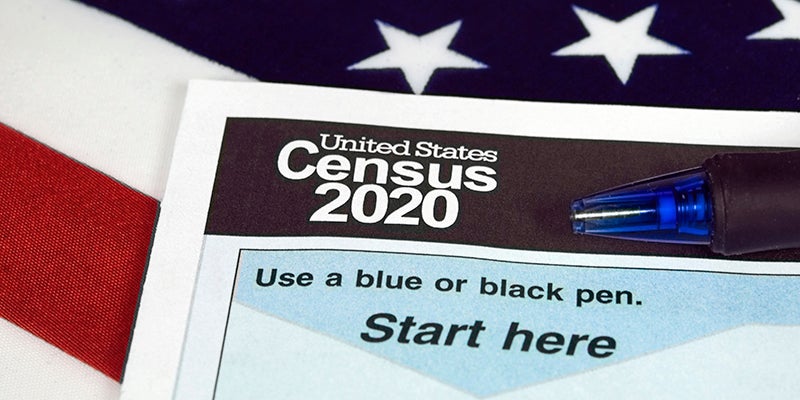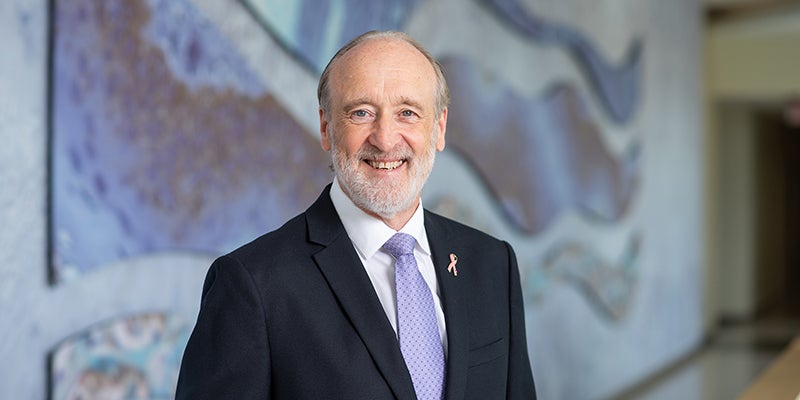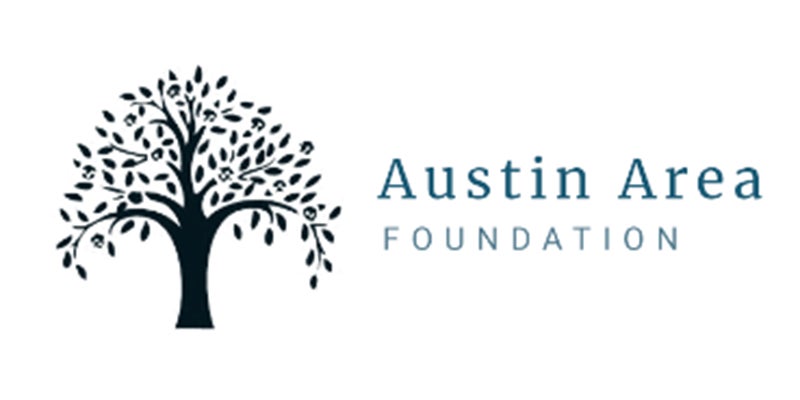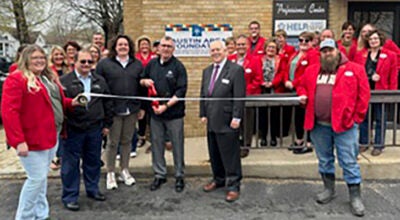Mower, Austin population rises, bolstered by diversity
Published 3:45 pm Thursday, August 12, 2021
|
Getting your Trinity Audio player ready...
|
With 10 years between censuses, Austin and Mower County saw a rise in population, most notably within the diverse populations.
According to initial numbers released by the United State Census Bureau on Thursday, Mower County saw a population change of just under 1,000 people at 866. The change reflects a county population of 40,029 people, up from 39,163 in 2010.
Statewide, Minnesota saw a 402,569 (7.6%) rise in population for a total of 5,706,494 people. That’s actually up from initial estimates in April of this year that put Minnesota at around 5,655,855 people.
To the north, both Dodge and Steele County also saw slight rises in populations over the 10-year span with Dodge sitting at 20,867 people and Steele at 37,406 people.
Austin itself saw a rise of a little over 600 from 2010 and now boasts a population of 25,342, according to numbers Mower County Auditor/Treasurer Scott Felten found. He also noted that Austin and Mower’s rise is different from places of similar make-up.
“It appears that Austin’s increase is more the exception rather than the rule than other cities,” he said. “Mower is probably up slightly more than 2%, but other counties in that similar range saw a decrease in population. We’re probably more fortunate.”
What these increases in population will mean for any possible redistricting will not be determined until the Legislature and Secretary of State begin work on their level. Once they get their redistricting figured out, then the cities and counties can begin looking at it.
“There is kind of a timeline because it does relate to the election season of 2022,” Felten said. “I believe the Legislature has until February to get done, then basically March, early April, cities and counties will do any finalizing if necessary.”
According to Ballotpedia, April 26, 2022, is the deadline for adoption of new local government election districts.
Back in Mower County, the cultural group that saw the biggest rise was the Asian population, which saw a 183.9 percent change in population and currently has a population of around 2,314. That’s a significant jump from 2010, when Mower had just 815 people of Asian descent.
In the state, Mower County was ninth in terms of Asian-only or combined population percentage and fifth in terms of growth.
Freeborn County saw a 279.1% change, which ranked them third in the state.
Those of Hispanic and Latino descent still make up the largest minority group in the county at 5,081 people, which is an increase of 943 from 2010, when that population was listed at 4,138.
That percentile make-up is fourth in the state behind Nobles County (32.6%), Watonwan County (28.7%), and Kandiyohi County (13.5%). Freeborn County is fifth with a 10.3% Hispanic or Latino population.
The Black or African American community has a population of 1,995 within the county, which is a rise of 900 (82.2%) from 2010 when the population numbered 1,095.
This local rise in diversity is reflective of the state and nation, but opposite to a drop in the white population at all three levels. In Mower County, the white population makes up 77% at 30,804. That’s nearly a 5,000 person drop from 2010, which reported the white population as 35,495 and made up 90.6% of the population.
Nationwide, the data released Thursday shows that the fastest growth was located in suburbs in major metropolitan areas, while rural areas saw declines.
This is the 24th census taken in the United States, done every 10 years.
— The Associated Press contributed to this story





